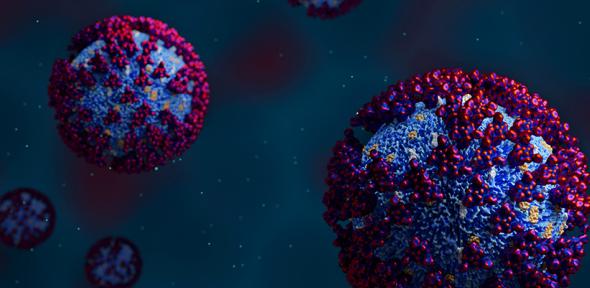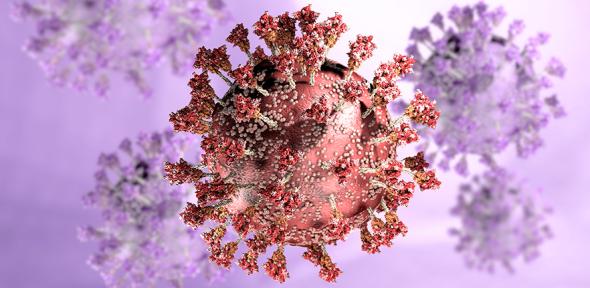Clik here to view.

Based on decades of research around tackling health inequalities at local and regional level, the guidance is aimed at central and local government as well as other agencies with a stake in improving health.
The team has published its report on the Cambridge Research Methods Hub website. It sets out five principles and eight policy recommendations that are designed to be used together long-term across national, regional and local systems.
The principles are:
- Allocating resources proportionate to need;
- Working in partnership with local communities;
- Developing long-term, multisector and cross-government programmes;
- Offering bespoke services to disadvantaged groups;
- Ensuring initiatives are healthy-by-default and easy to use.
Each principle is supported by case studies, such as Healthy New Towns, the Big Local initiative, and New Deal for Communities.
Dr John Ford, lead author and Clinical Lecturer in Public Health at the Primary Care Unit, University of Cambridge, said: “The new guidance has been produced to show how to level up health. We already know that progress on closing the gap is possible. The previous cross-government health inequalities programme reduced the socio-economic gap in life expectancy by six months and improved overall life expectancy. This was achieved through sustained, multi-component, and cross-government action over more than 10 years.”
Policy recommendations include: health being a core part of levelling up; development of a cross-government health inequalities strategy; establishing a consensus around what levelling up health means; and a focus on the social and structural factors that determine health.
Importantly, the report recommends a move away from initiatives that require individuals to invest time and effort to benefit from, such as promoting gym membership, because they tend to increase inequalities. Rather, the researchers recommend initiatives that make healthy choices the default and require minimal effort from the individuals, such as fluoridation of water and opportunistic screening for health problems during vaccine appointments.
Furthermore, the report calls for an end to competitive bidding of local areas to allocate public funds. Instead, it recommends allocating funding based on population need.
Health inequalities in England mean that men and women in deprived areas live an average of ten and eight years less respectively than men and women in more affluent places. Area-level health inequalities like these are driven by the conditions in which we live. Education and employment opportunities, housing, opportunities for exercise and a good diet are just some of the factors that directly affect our health.
Left-behind neighbourhoods, which have not prospered as much as other areas, experience greater health inequalities and the health of disadvantaged areas in the Northern regions has been falling further behind. For example, a baby boy born today in Blackpool can expect an additional 17 years of poor health compared to a baby boy born in Richmond upon Thames.
The pandemic has exacerbated inequalities, and deaths related to COVID-19 in the most deprived areas of the country are double those in the least deprived. The long-term repercussions of the pandemic for some people – food and housing insecurity, debt and poverty – are expected to disproportionally affect those living in areas of higher deprivation, causing further damage to wellbeing and health.
The researchers say that work to address area-level health inequalities is critically important for the UK Government’s levelling up agenda.
The team reviewed data from over 650 research studies and 19 published reports. The 12 case studies were selected from 143 potentially relevant examples from across England showing what works.
Professor Clare Bambra, Professor of Public Health at the University of Newcastle, said: “Levelling up needs to urgently focus on health inequalities by addressing the unequal conditions in which we live, work and age.
“For too long, a lack of investment in key services has meant that more deprived, ‘Left Behind Areas’ – particularly in the north – have suffered disproportionately. The COVID-19 pandemic has worsened these inequalities and it will cast a long shadow across our future heath and economic prosperity as a country unless we act now. That’s why levelling up health is so central to the government’s overall approach to levelling up the country.”
The new guidance was commissioned by Public Health England.
Reference
John Ford, Vic McGowan, Fiona Davey, Jack Birch, Isla Kuhn, Anwesha Lahiri, Anna Gkiouleka, Ananya Arora, Sarah Sowden, Clare Bambra. Levelling Up Health: A practical, evidence-based framework. December 2021
Health needs to be at the heart of the Government’s levelling up agenda, say researchers at the Universities of Cambridge and Newcastle. The team have today published practical guidance on how to reduce health inequalities.
Image may be NSFW.
Clik here to view.
The text in this work is licensed under a Creative Commons Attribution 4.0 International License. Images, including our videos, are Copyright ©University of Cambridge and licensors/contributors as identified. All rights reserved. We make our image and video content available in a number of ways – as here, on our main website under its Terms and conditions, and on a range of channels including social media that permit your use and sharing of our content under their respective Terms.



















